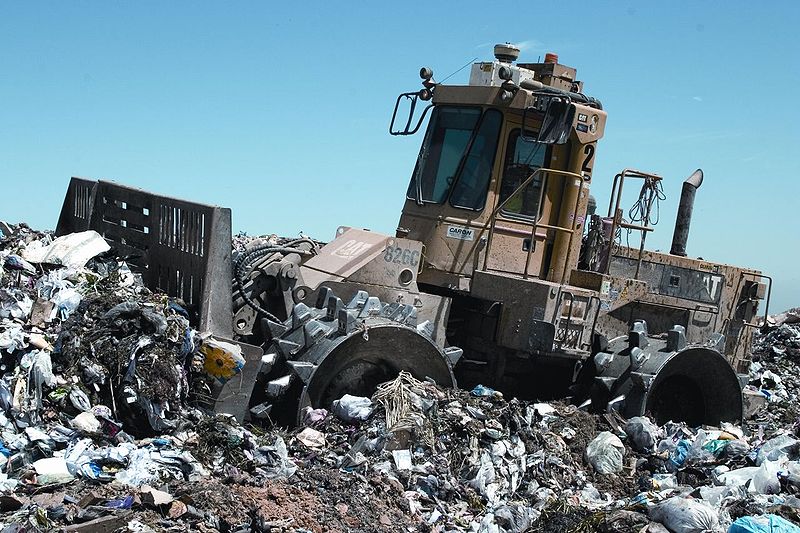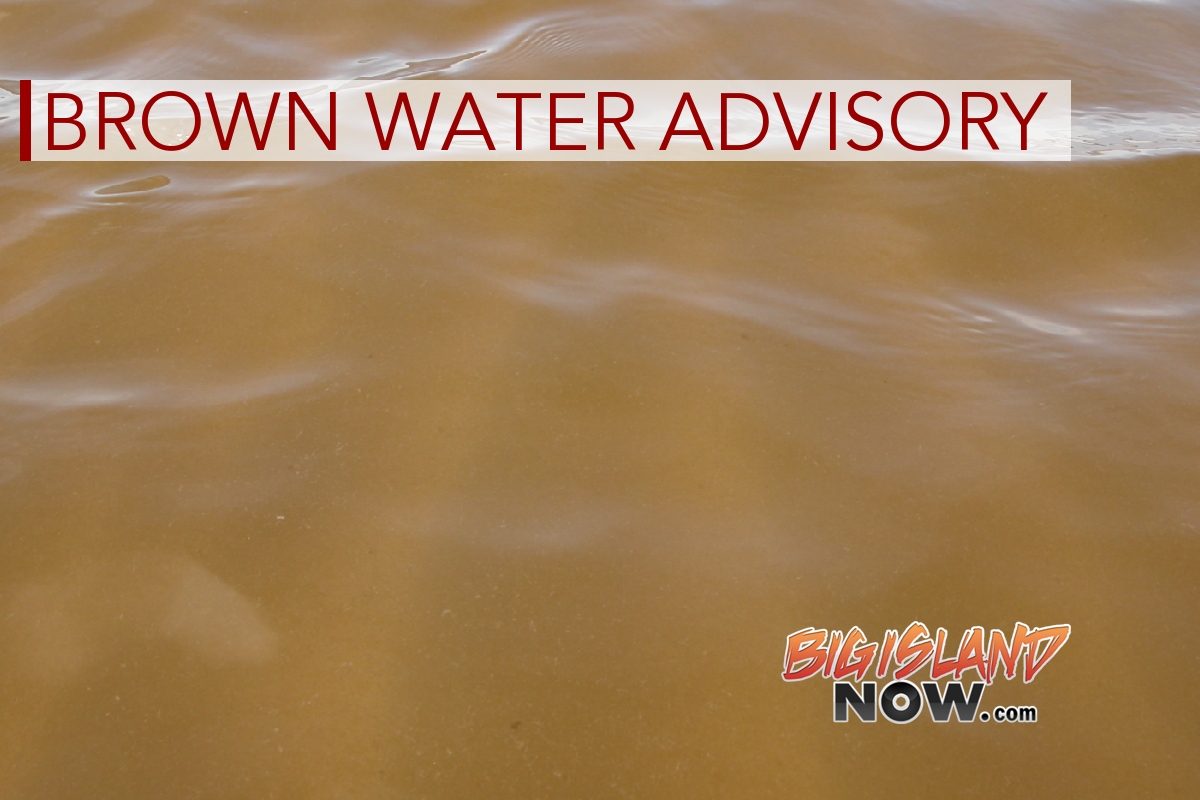Hilo Landfill Has Reached Capacity

Hilo’s aging landfill has reached capacity. PC: Wikimedia Commons.
Hawai‘i Island produces around 200,000 to 220,000 tons of solid waste per year. Where does it all go?
Hawai‘i County Environmental Management Solid Waste Division Chief Greg Goodale explained the island’s solid waste situation.
“We like to believe the people that live here are responsible and care about this island and will try not to dispose of their trash irresponsibly,” said Goodale.
The budget for to dispose of the Big Islands’ solid waste, which includes transfer stations and recycling, is around $38 million per year. This comes from user fees for the commercial operations that dispose of waste into landfills, a general fund and small grants.
Unlike O‘ahu, which has county-sponsored solid waste collection, the Big Island has 22 transfer stations.
The county handles two kinds of bins at the transfer stations: waste bins and mixed recycle bins (for cardboard, glass, paper, and number 1 and number 2 plastics. At some of the stations, there are bins for metal and separating glass. If igoes into disposable solid waste bins, it is put directly into one of Big Island’s two landfills.

Trucks collect the rubbish dropped into the chutes at the Hilo transfer station. PC: Hunter Bishop
One of the two landfill in South Hilo covers approximately 40 acres. The West Hawai‘i Sanitary Landfill (WHSL) in Pu‘uanahulu covers about 100 acres.
The state allows each landfill to reach a certain height; it took the South Hilo landfill about 30 years to reach capacity.
The Hawai‘i County Environmental Management Department is currently in the process of finalizing a contract with a construction company to start the work this summer to cover the Hilo landfill with an impermeable liner. It may take a full year.
The WHSL is the only solid waste facility on the Island of Hawai‘i that meets all current state and federal requirements.The WHSL went into service in 1993. The site includes areas for solid waste disposal, green waste processing, recycling and abandoned vehicle impound. Among the unique aspects at the facility are an active landfill gas collection system and a landfill leachate recovery system.
Glass and used motor oil (UMO) is recycled and reused here on our islands. Glass is used for drainage, landscaping and floral packaging.
Among other improvements around 48 thousand tons of green waste per year is no longer going into the landfill. It is now turned into mulch, free for residents to pick up.
It is estimated that at our current rate, it will take 50 to 100 years to fill up the Pu‘uanahulu landfill. Because it is so dry on the Kona side, it will take longer for decomposition to take place. However, based on potential design changes that are being looked into, the west side of the Big Island could be looking at 150 years of available space.

Heavy equipment at a landfill. PC: Wikimedia Commons.
However, due to the fact that China has decided to stop accepting our recycled material, the county has had to scale back some of the plastics that they take in the recycling program. Some of the lower-value materials is now added to the landfill.
“We are going through the process right now of updating our integrated solid waste management looking into how we can improve the system and encourage people to do a better job of diverting material from the landfill,” said Goodale. “We just launched a new advertising campaign, “Recycle Clean, Recycle Smart,” to encourage people to clean their containers and not throw away materials they shouldn’t because that is one of the things that drives costs up.”
The county estimates its hauls eight trucks of solid waste a day from Hilo to the Pu‘uanahulu landfill.
During their last solid waste planning period in 2009, the county evaluated the cost difference between constructing a landfill in Hilo versus trucking the waste to the other side, taking into consideration maintenance and fuel costs and it was determined hauling the truckloads would save the county one million dollars per year, which Goodale felt taxpayers would be happy to hear.














